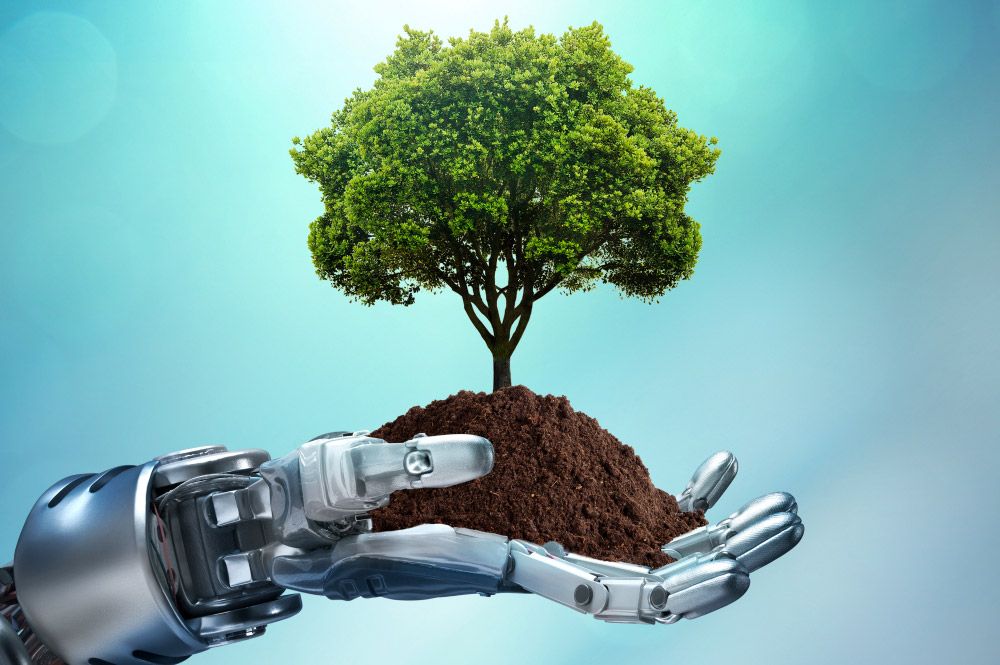AI’s growing role in society is undeniable- it is transforming industries, economies, and daily life. A myriad of companies have integrated AI into their software, and it has become more accessible than ever before to the public. Google now has generative AI, Instagram has Meta, Snapchat has Snap AI, and the list goes on for AI to be accessible to everyone. From ChatGPT to DeepSeek, AI tools are now at our fingertips, but their impact remains a double-edged sword. The controversies of AI in our society are a heavily debated topic, but one crucial issue receives less attention: AI’s effect on the environment.
To start off, AI is not an inherent killer when it comes to the environment. It offers several positive solutions for sustainability. It can optimize renewable energy integration, helping solar and wind feed efficiently into electricity grids. AI-powered satellites and drones monitor deforestation in real time, helping authorities respond rapidly to illegal logging. Conservationists can also use AI to track endangered species, protecting biodiversity. Additionally, by optimizing industrial processes, transportation, and supply chains, carbon emissions can be reduced by AI.
Yet these advantages come at a steep price. AI’s environmental toll is significant and often overlooked. The same technology optimizing energy use also devours it: training a single large AI model can emit over 300,000 kilograms of carbon dioxide, comparable to the lifetime emissions of five cars. Beyond energy, AI’s infrastructure relies on rare-earth minerals mined through ecologically destructive processes, and its hardware contributes to a growing e-waste crisis.
Perhaps most alarming is AI’s water footprint. Data centers also require incredibly large amounts of water for cooling. A single ChatGPT prompt can use roughly 16 ounces of water. Researchers have predicted that AI’s global annual water consumption is predicted to reach between 4.2 billion to 6.6 billion cubic meters by 2027. Our world is already experiencing a global water crisis, with 2.2 billion people lacking access to safe drinking water. If not handled quickly, that number will skyrocket even further.
Considering all impacts, both the negative and positive, it is safe to say that AI will continue to be an issue debated. The question isn’t whether to abandon AI, but how to use it responsibly. Scientists and researchers will continue to search for sustainable solutions, hopefully bringing back humanity in our world. With the number of people and companies using this newfound technology today, it is important to consider how much we rely on it and what we can do instead. But we, as the people, can avoid using AI for such rudimentary and mundane things. Next time you ask ChatGPT to draft your grocery list, ask: Is this really necessary?








